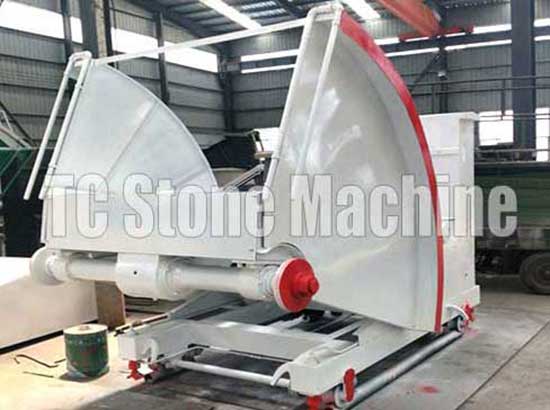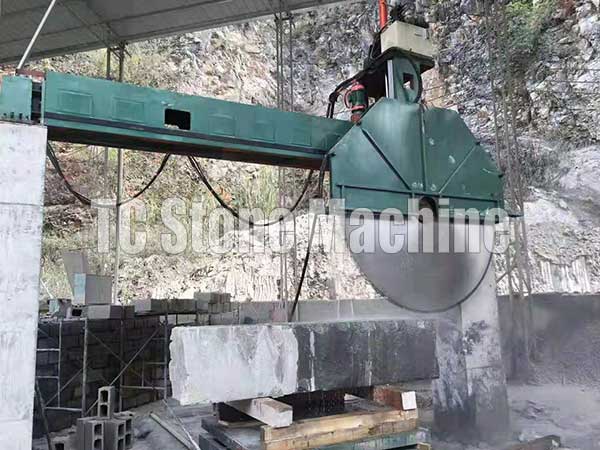Marble Granite Cutting Boards
Marble vs. Granite Cutting Boards: Which is Better?
When it comes to choosing a cutting board, there are many options available like plastic, wood, bamboo, marble or granite. However, in recent years, marble and granite cutting boards have gained tremendous popularity among homeowners and professional chefs worldwide due to their unique features.The Benefits of Marble Cutting Boards
Marble cutting boards are elegant and enhance the overall look of your kitchen. Marble is a natural stone that has a timeless beauty that will never go out of style. Marble cutting boards also have several other advantages, including: - Cool Surface: Marble remains cool to the touch, which makes it an excellent choice for preparing dough, pastry, and other temperature-sensitive foods. Since the surface is cool, the butter or fat used in preparation does not soften or melt. - Non-Porous Surface: Marble is non-porous, which means that it does not absorb liquids or juices from the ingredients you are cutting. This feature makes it more hygienic and easy to clean. - Easy to Clean: Marble cutting boards can be cleaned using mild soap and water. Simply wipe the board with a damp cloth, and then dry it to prevent any staining or damage.The Advantages of Granite Cutting Boards
Granite cutting boards are sturdy, durable, and can handle heavy chopping and slicing. They have several other benefits, including: - Scratch Resistant: Granite is a hard, durable material that is scratch-resistant, and it is not easy to damage. It can handle the pressure from heavy chopping or slicing, making it an excellent choice for professional chefs and home cooks. - Non-Slip Surface: Granite surfaces are naturally slip-resistant, making them safer to use than other materials like plastic or glass. The slip-resistant surface ensures that the board does not move or slide while in use. - Heat Resistant: Unlike other materials that can melt or become discolored at high temperatures, granite cutting boards are heat resistant. They can handle the heat from hot pots or pans without damaging the surface.
Marble vs. Granite Cutting Boards
Both marble and granite cutting boards have their unique features and advantages. However, choosing the best cutting board depends on your individual needs and preferences. Here are a few factors to consider when deciding between marble and granite: - Usage: If you frequently prepare doughs, pastry or other temperature-sensitive foods, then a marble cutting board would be your best choice. But if you cook a lot of meat or want a sturdy board for heavy chopping or slicing, then a granite cutting board would be better.
- Maintenance: Marble cutting boards require regular maintenance to avoid damage, including sealing the surface and avoiding acidic liquids such as lemon juice. Granite cutting boards, on the other hand, are easier to maintain.
- Aesthetics: Both marble and granite cutting boards are beautiful and add a touch of elegance to any kitchen. However, marble has a more refined and classic appearance, while granite has a modern and sleek look.
- Usage: If you frequently prepare doughs, pastry or other temperature-sensitive foods, then a marble cutting board would be your best choice. But if you cook a lot of meat or want a sturdy board for heavy chopping or slicing, then a granite cutting board would be better.
- Maintenance: Marble cutting boards require regular maintenance to avoid damage, including sealing the surface and avoiding acidic liquids such as lemon juice. Granite cutting boards, on the other hand, are easier to maintain.
- Aesthetics: Both marble and granite cutting boards are beautiful and add a touch of elegance to any kitchen. However, marble has a more refined and classic appearance, while granite has a modern and sleek look.
The Bottom Line
In conclusion, both marble and granite cutting boards have their unique advantages and disadvantages. It all comes down to your personal preferences, cooking style, and needs. Regardless of your choice, both materials are excellent and will last for years with proper maintenance.Request for Quotation
[contact-form-7 id="59" title="Contact form 1"]




